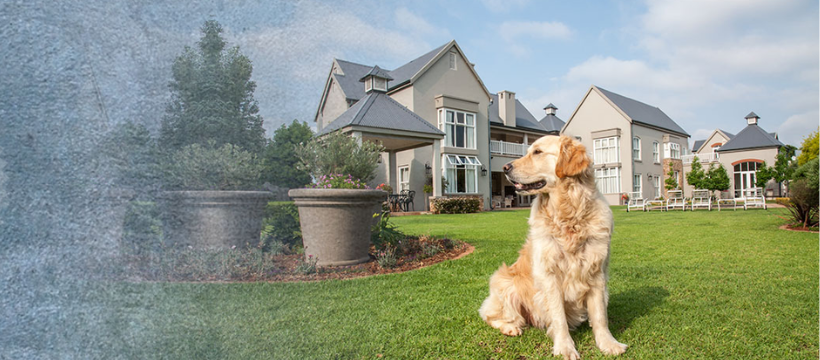
The Roof Over Your Head
The Roof Over Your Head
Posted on August 18, 2015
It’s easy not to think much about your roof...that is until a major hail storm hits.
Unfortunately, this happens a lot in Colorado, more than almost anywhere else in the U.S. In fact, according to On Tap Credit Union Insurance Agency agent Lynn Thompson, the frequency and severity of hail storms in recent years is one of the main reasons that Colorado insurance rates are going up, impacting even those who have never filed a claim. Some insurance companies are also changing how they write coverage, setting one deductible for general damage but a higher deductible for hail and wind damage.
 When a storm does happen in your area, the first thing to note is how large the hail is: if it’s golf ball size or larger, it’s time to check your roof, says Thompson. However, she adds, don’t rush to file a claim with your insurance company right away because even if there is no damage, the claim will still impact your premiums for the next five years. Instead, call your insurance agent and ask if he or she knows of a reputable contractor who will check your roof and give you a free estimate. Then, if the damage is severe enough, open a claim with the insurance company.
When a storm does happen in your area, the first thing to note is how large the hail is: if it’s golf ball size or larger, it’s time to check your roof, says Thompson. However, she adds, don’t rush to file a claim with your insurance company right away because even if there is no damage, the claim will still impact your premiums for the next five years. Instead, call your insurance agent and ask if he or she knows of a reputable contractor who will check your roof and give you a free estimate. Then, if the damage is severe enough, open a claim with the insurance company.Once you open a claim, an insurance adjuster will inspect your roof and decide how much of it needs to be replaced. If only half the roof is damaged, the company will likely only pay to replace that half. The insurance company will cut you a check for the standard amount for the degree of replacement, minus your deductible, and you hire the contractor of your choice to undertake the work. If it ends up costing more than the insurance adjuster’s estimate for the same amount of work, the company will typically send you a check for the difference.
It’s important to keep in mind that insurance is there to replace what you’ve lost, and nothing more, says Thompson. This obviously comes into play when determining how much of a roof needs to be replaced. It also impacts the materials used to do a replacement: if you have a tile roof, the insurance company will pay to replace with tile; if you have asphalt, they’ll replace with asphalt; if you had one quality of asphalt tiles, they’ll replace with the same quality tiles.
With many roofs, though, this replacement of lost value has an additional qualification: the age of the roof. Based on the quality of materials, a roof is expected to last a certain number of years, say 30. If you have hail damage in your 25th year of a 30 year roof, the insurance company isn’t likely to pay for a full replacement with another 30 year roof. After all, you really only had the right to expect another five years of service from your original roof. Instead, they’ll calculate the depreciated value of your original roof and pay you the remaining cash value of what you lost. Roof age is such an important consideration that some insurance companies won’t even open a new policy to cover a roof over a certain age, though if you’re already a client, they’ll likely retain you or modify your policy to cover actual cash value rather than replacement cost. If you’re not sure of your coverage, check the declarations page of your policy to see if it includes roof replacement cost versus cash value.
Unless you’ve lived in your house since it was built, or replaced the roof yourself at some point, it’s difficult to determine just how old your roof is. The insurance company can sometimes deduce the age from past claims from a previous owner who perhaps did know the age, but if a different insurance company was used this can be a challenge. House inspectors are also a trusted source of estimation for home purchases. To overcome the uncertainty, insurance companies have recently started to support a database service that maintains roof installation and replacement information, sort of a CarFax for roofs. Until that’s more universally used, determining roof age comes down to estimation, and to some degree, homeowner honesty.
Photo by Gualberto107 via freedownload.net
